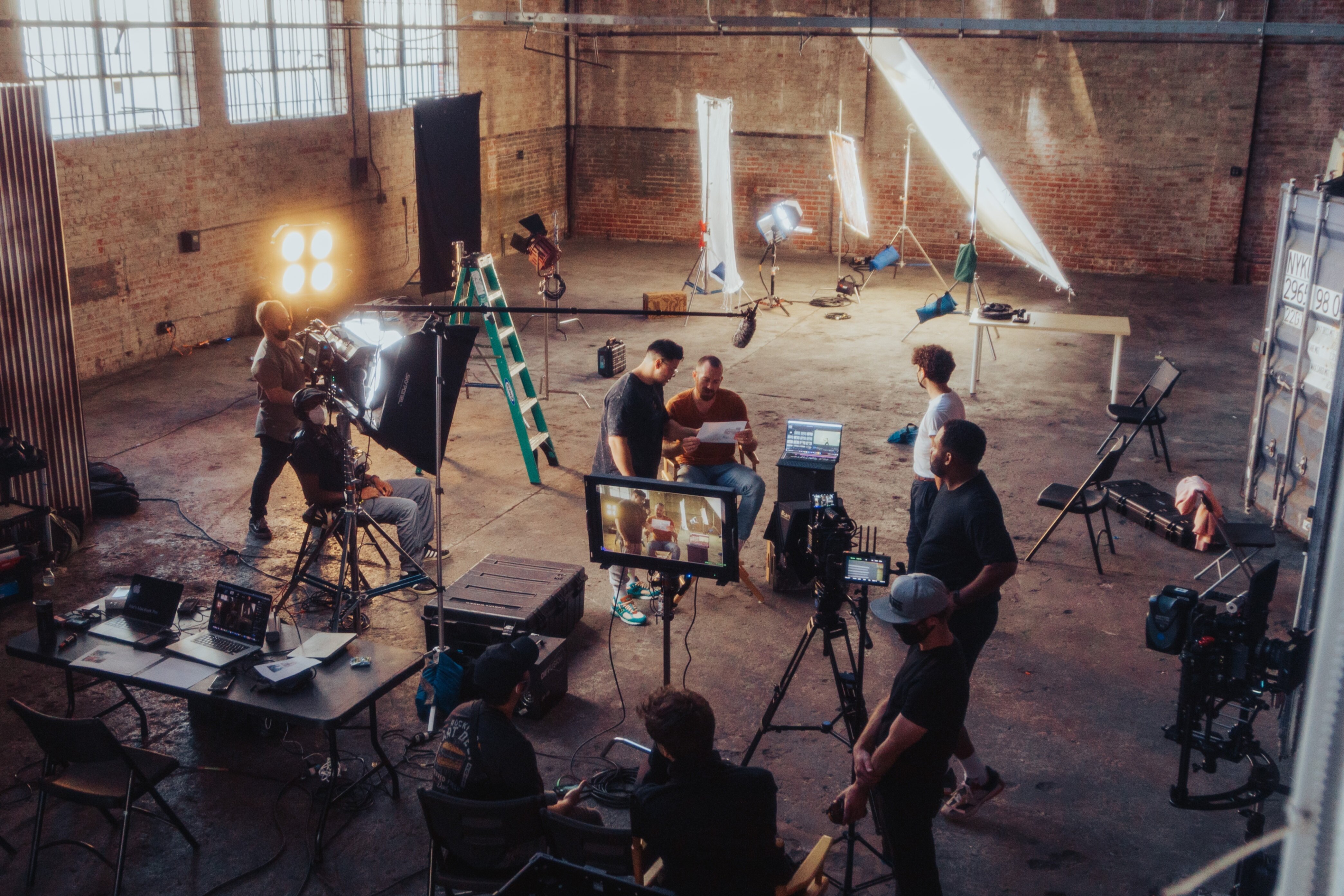Analyzing AI-Enhanced Photo-to-Video Conversion A 2024 Performance Review

The air around automated visual media generation feels palpably different now than it did even a year ago. We’re past the initial shock of seeing static images suddenly gain a semblance of motion; the real work now is in the quality control and the sheer *believability* of the resulting sequences. As someone spending considerable time wrestling with these algorithms—watching where they succeed and, more often, where they fail spectacularly—I find myself constantly recalibrating my expectations for what a single photograph can reasonably yield when pushed through the conversion pipeline. It’s a fascinating, often frustrating, engineering challenge masquerading as simple magic trickery.
What exactly constitutes "performance" in 2025 when discussing photo-to-video synthesis? It’s not just frame rate interpolation anymore; that’s table stakes. I am primarily concerned with temporal consistency—does the texture of a subject’s shirt remain the same across ten generated seconds, or does it shimmer and morph into something resembling plastic wrap halfway through? Furthermore, the handling of depth and parallax remains the true litmus test for any serious system claiming maturity in this space. If I feed the system a portrait taken with a wide aperture, expecting subtle background recession, the resulting video often struggles to maintain that shallow depth of field as the subject moves, leading to jarring visual shifts that scream "synthetic."
Let's focus first on the motion fidelity within the generated sequences. My testing reveals a clear bifurcation between systems optimized for human subjects and those attempting complex environmental physics. When converting a still image of a person standing still, modern pipelines are remarkably adept at generating subtle, naturalistic micro-movements—a slight head tilt, a blink, the gentle sway of clothing in an unseen breeze. However, introduce any element that requires true 3D understanding—say, a still shot of a car on a wet road where the reflection needs to ripple realistically as the camera perspective shifts slightly—and the cracks begin to show immediately. The software defaults to painting over the inconsistencies, resulting in a surface-level smoothness that lacks true physical grounding. I’ve logged numerous instances where shadows, which are inherently tied to the original light source captured in the photograph, drift unnaturally across the generated floor plane as the synthesized camera pans, indicating the system is struggling to construct a reliable 3D map from the 2D input data.
The second area demanding rigorous scrutiny is the handling of fine detail preservation during temporal expansion. We are dealing with massive data extrapolation here; taking a single data point (the photograph) and generating hundreds of subsequent, related data points (the frames). The best performers manage to maintain the sharp edges of the original subject—the crispness of an eye or the texture of brickwork—without introducing the telltale "smearing" effect common in earlier iterations. Conversely, systems that rely too heavily on diffusion-based interpolation often smooth away these critical details, sacrificing fidelity for fluid motion, which is an unacceptable trade-off for archival or professional use cases. I’ve noticed a distinct difference in how systems handle high-frequency noise versus broad color gradients; sharp noise patterns tend to dissolve into mush quickly, while large areas of uniform color maintain coherence, suggesting the underlying mathematical models are better equipped to predict smooth transitions than complex, high-information textures. This disparity forces us to select conversion tools based not on overall quality, but on the specific visual characteristics of the source material we are attempting to animate.
More Posts from ai-videoupscale.com:
- →Witham Hill Natural Area: Key Features and Trail Information
- →How AI Photo Editors Restore Vintage Photos A Comparison of Free Online Tools in 2024
- →The Evolution of AI Image-to-Video Technology A 2024 Perspective
- →The Evolution of Progressive Scan How It Surpassed Interlaced Video in Modern Upscaling Technologies
- →Upscaling the Battle of Klendathu A Technical Analysis of VFX Enhancement in Starship Troopers' Most Iconic Scene
- →How Neural Networks Process Image Resolution A Technical Deep-Dive into AI Upscaling